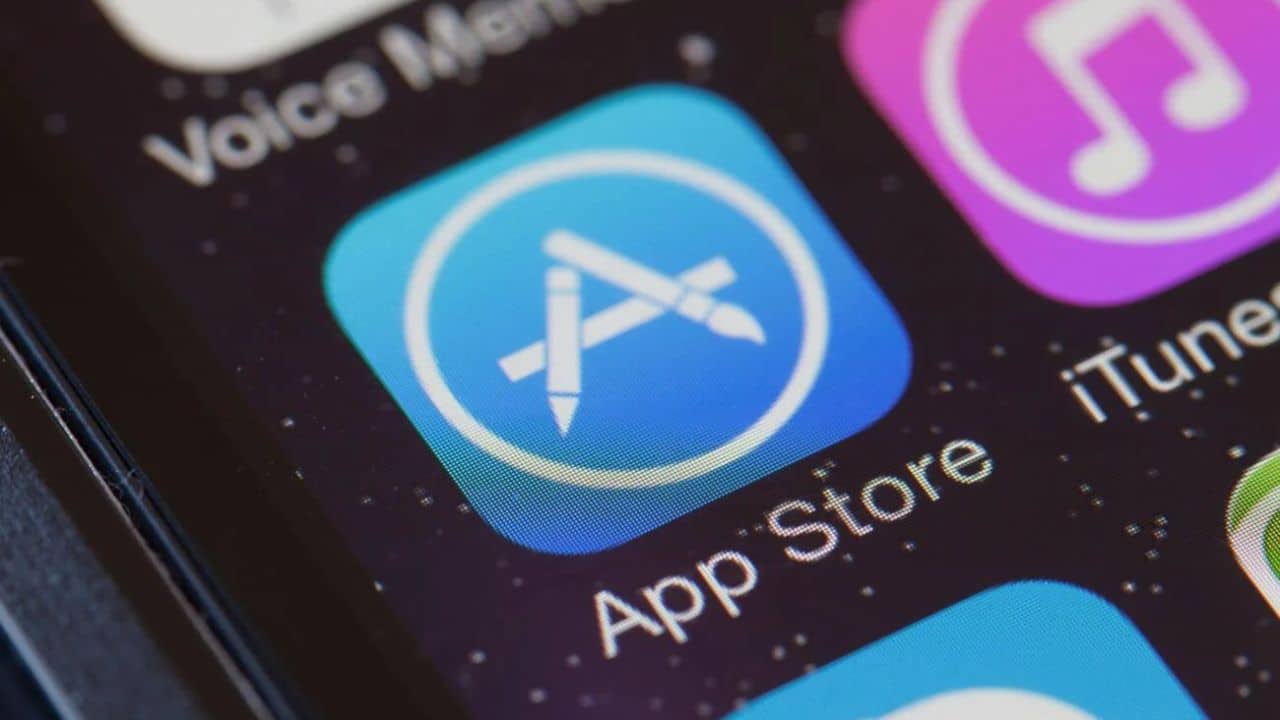While paying the minimum can save you money today, it promises bigger costs tomorrow.
The minimum payment is the absolute least amount of money you must pay every month to keep your lenders happy. It’s often cheaper than your full outstanding balance, which makes it a very tempting option when you’re short on cash.
Normally, when faced with two prices, it makes sense to choose the more affordable option. That’s just good budgeting. However, this choice could have long-term financial consequences if you rely on the minimum every billing statement.
The Minimum Payment, Defined
The minimum payment is the smallest amount your lender will accept to keep your line of credit open. By paying it, you meet your lender’s bare minimum requirements to avoid late fines.
If you decide to pay this amount, your remaining outstanding balance will continue to tie up your limit and carry over to the next billing statement.
How Do Lenders Determine the Minimum?
The exact minimum is almost always different from one account to the next. That’s because it depends on your lender’s unique policies and your account activity.
However, most lenders follow one of three templates for calculating this payment: a flat fee, a percentage of your outstanding balance, or a mixture of both.
Version #1: The Flat Fee
A flat fee is a fixed amount due every month. It’s usually around $10, but yours may be higher depending on your unique contract.
Version #2: A Percentage
The percentage minimum involves paying a fraction of your outstanding balance. Most lenders expect you to pay between 1% to 5%. What this ends up being depends on the activity on your account.
Version #3: Fee + Percentage
Other lenders may expect you to pay a contribution towards your outstanding balance and the interest that accrues on your account for each day of your billing cycle. How much this costs depends on your lender’s policies and APR.
What Version Do You Have?
If you aren’t sure which version you have to pay, you should find this information easily in your Online Account. This account is where you usually request a draw from your account or pay off balances. However, it also contains important information, such as your loan agreement.
If you have trouble locating these terms in your agreement, reach out to your lender. A representative should be able to direct you to this key detail of your account.
Why Do People Rely on the Minimum?
You might rely on the minimum in a tight month, as it can help you juggle other financial responsibilities.
Let’s say you have to take your cat unexpectedly to the vet a week before you are supposed to pay your line of credit. If this surprise vet expense eats up the money you planned on using to pay off your account in full, you can make the minimum to avoid penalties.
In this scenario, the minimum affords you the flexibility to split your financial focus. Once the feline crisis is averted, and your finances go back to normal, you can start paying more of your line of credit.
According to the National Bureau of Economic Research, between 9% and 20% of people pay the minimum — even if they can afford to pay more. It can feel like you’re getting a deal on your bills. However, as you’ll find out below, that’s not quite true.
What the Minimum Does to Next Month’s Bill
In an emergency, the minimum may be an easy and convenient option. However, it comes with a price.
Every time you carry over a balance, this leftover accrues interest and finance charges. These added charges will roll into your new balance due the next month and any other time you rely on the minimum.
Rolling over can wind up wracking up a lot of money.
Let’s say you have a $5,000 balance on a line of credit at 18% interest with a 4% minimum payment. If you crunch those numbers, your monthly minimum would be $200.
Here are two eye-opening stats that come with only ever paying this amount:
- It would take you 32 months to pay off your debt — that’s nearly 3 years!
- Over that time, you would pay $1,313in addition to the original $5,000 principal.
Increasing what you pay may decrease these costs. Even just doubling your minimum and paying $400 every month would cut your time in half and save a lot of money — you would pay off your balance in 20 months with only$699.03 in interest.
Of course, these calculations only hold true if you don’t make additional draws against your limit. You’ll pay even more if you continue using your line of credit while only paying the minimum.
Why You Should Pay More Than the Minimum
Legitimate lenders like Fora will always advise their borrowers to pay above and beyond the minimum when possible. If you visit Foracredit.ca, you can find this advice amongst other financial tips on how to use your line of credit responsibly.
Lenders like Fora take the minimum seriously because it comes with these three perks:
1. It Saves You Money
Ideally, you should pay off your entire balance by your first due date to earn the greatest savings. However, as the example above shows, paying more saves more — even if you can’t cover the full balance. That’s why lenders suggest you pay as much as you can, whenever you can.
2. It Keeps Your Limit Available
For many people, a line of credit is synonymous with an emergency loan. You tap into this limit to help you when an unexpected and urgent expense arrives in your budget, and you don’t have the cash to pay it out of pocket.
Remember that the minimum means you carry over the majority of your balance into another billing cycle. In other words, this balance will tie up your limit, so you will have less to rely on in an emergency.
Paying more of your balance means you will free more of your available limit to use in another emergency. You’ll have this emergency loan on standby to use in the unexpected.
3. It May Shelter Your Utilization Ratio, if Applicable
Not all lenders will share your account information with the national credit bureaus. However, some will. If your lender does, it means the credit bureaus will look at your utilization ratio when generating your credit score.
Your utilization ratio reflects how much of your account you use, expressed as a percentage. Here, you should never strive to earn 100% — that means you maxed out your account. Instead, financial advisors suggest keeping your ratio below 30%, and ideally under 10%. This low ratio suggests you don’t over-rely on credit, and when you use it, you have a plan to pay it off.
If your lender shares this information, paying more than the minimum may have a positive effect on your overall credit score.
The Bottom Line:
The minimum may be helpful when you use it strategically, but don’t let it be your only financial strategy for paying down debt. Long-term, the minimum actually keeps you in debt longer, increases what you owe, and ties up your emergency loan.
Consider sitting down with your budget to see how you can push more money towards your line of credit. Any extra cash helps.





































